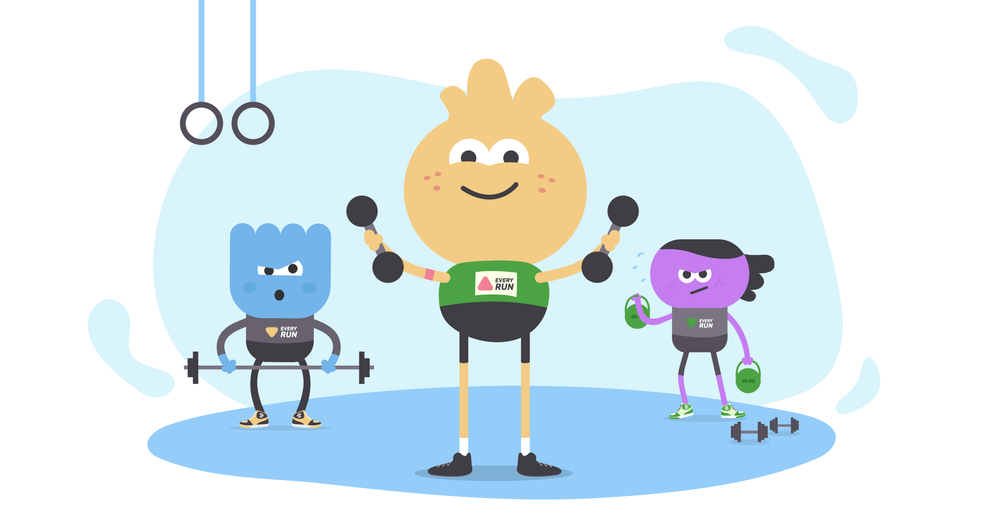How can AI improve races?

Ian Bearder
Apr 24,2023 | Guides

The growth of Artificial Intelligence (AI) in recent years has been nothing short of remarkable. With advancements in machine learning, natural language processing, and computer vision, AI is now transforming a variety of industries, including sport.
In the world of sport, AI has been employed to analyse player performance, optimise training programmes, and even predict match outcomes. One area where AI is making a significant impact is in the organisation and execution of racing events. From marathons to cycling races, AI is revolutionising the way these events are planned, conducted, and experienced by participants and spectators alike.
In this blog post, we will explore the various ways in which AI is being used to enhance the racing experience, making events more enjoyable, efficient, and personalised.
1. Race Planning and Logistics
Organising a race is no easy task, with many factors to consider, such as route planning, resource allocation, and participant safety. AI algorithms can optimise race routes, taking into account traffic patterns, terrain, and other factors to ensure a smooth and enjoyable experience. Additionally, AI can predict the necessary resources, such as water stations, medical facilities, and security, based on historical data and projected turnout.
2. Streamlining Registration and Communication
One of the most significant pain points for race organisers and participants is the registration process. AI chatbots can handle registration, answer frequently asked questions, and provide race updates and notifications, making the process seamless and efficient.
3. Personalised Training Plans for Participants
AI can create customised training plans for race participants based on their fitness levels, goals, and other factors. By tailoring plans to each individual, AI helps racers better prepare and improve their performance.
4. Real-time Race Tracking and Spectator Engagement
AI-powered computer vision and facial recognition technologies can track runners' progress and estimate their finish times. This not only allows participants to monitor their performance, but also enables spectators to stay informed about their friends' and family's progress.
5. Performance Analysis and Feedback
AI can analyse participants' performance data, such as pace, heart rate, and cadence, to provide personalised feedback and recommendations. This valuable insight can help racers understand their strengths and weaknesses and improve their future performance.
6. Virtual Races and Augmented Reality Experiences
AI can create virtual races and augmented reality experiences, allowing participants to compete remotely or experience the race in new and exciting ways. This technology opens up racing events to a broader audience and provides unique engagement opportunities.
6. AI-powered Race Photography
AI can identify and tag participants in race photos, making it easier for racers to find and share their pictures. This not only adds a personal touch to the race experience, but also helps promote the event on social media platforms.
7. Enhanced Safety and Security
AI can monitor and identify potential safety hazards or security threats during the race, allowing organisers to take prompt action and ensure a safe event for everyone involved.
Conclusion. The application of AI in racing events is revolutionising the way they are organised and experienced. As AI technology continues to advance, we can expect even more innovative applications that will further enhance the world of sport. However, it is crucial for event organisers to consider privacy concerns and ensure the proper handling of personal data when implementing AI technology. The future of racing events looks promising, and AI is undoubtedly playing a central role in shaping it.
More from Everyrun

Exciting News: Everyrun is listed as one of the best startups in Tallinn, Estonia 🎉 🎉
Everyrun has been shortlisted as one of the best startups in Tallinn, Estonia
Read more
How to balance your immune system in winter
Here are some simple tips that can help you avoid getting sick and maximize your chances
Read more
Move to Improve: Physical Activity Found 1.5 Times More Effective than Drugs in Treating Depression
physical activity is 1.5 times more effective than psychotherapy or leading drugs in treating
Read more